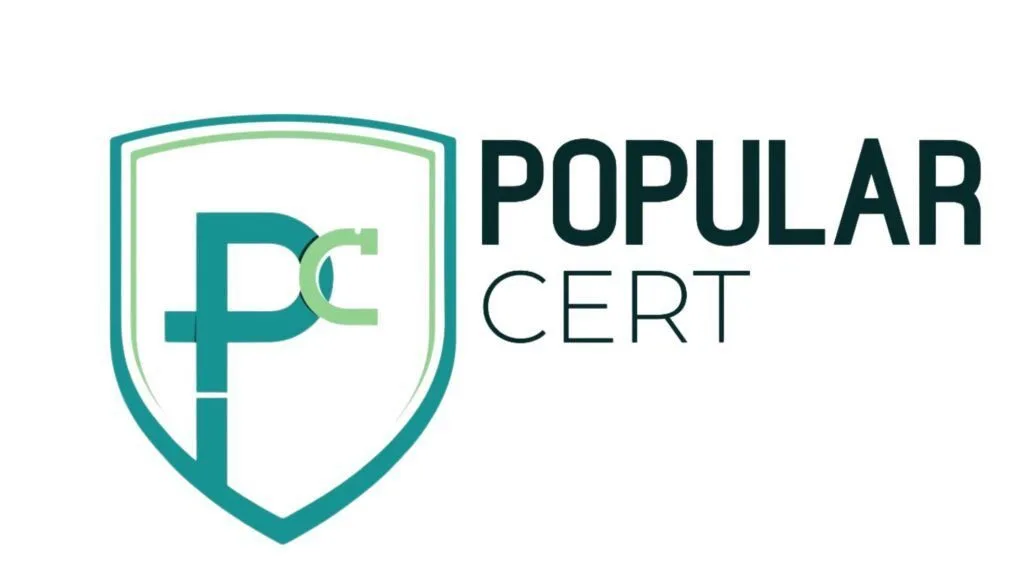How to Get CE Mark Certification in the Philippines: A Complete 2025 Guide
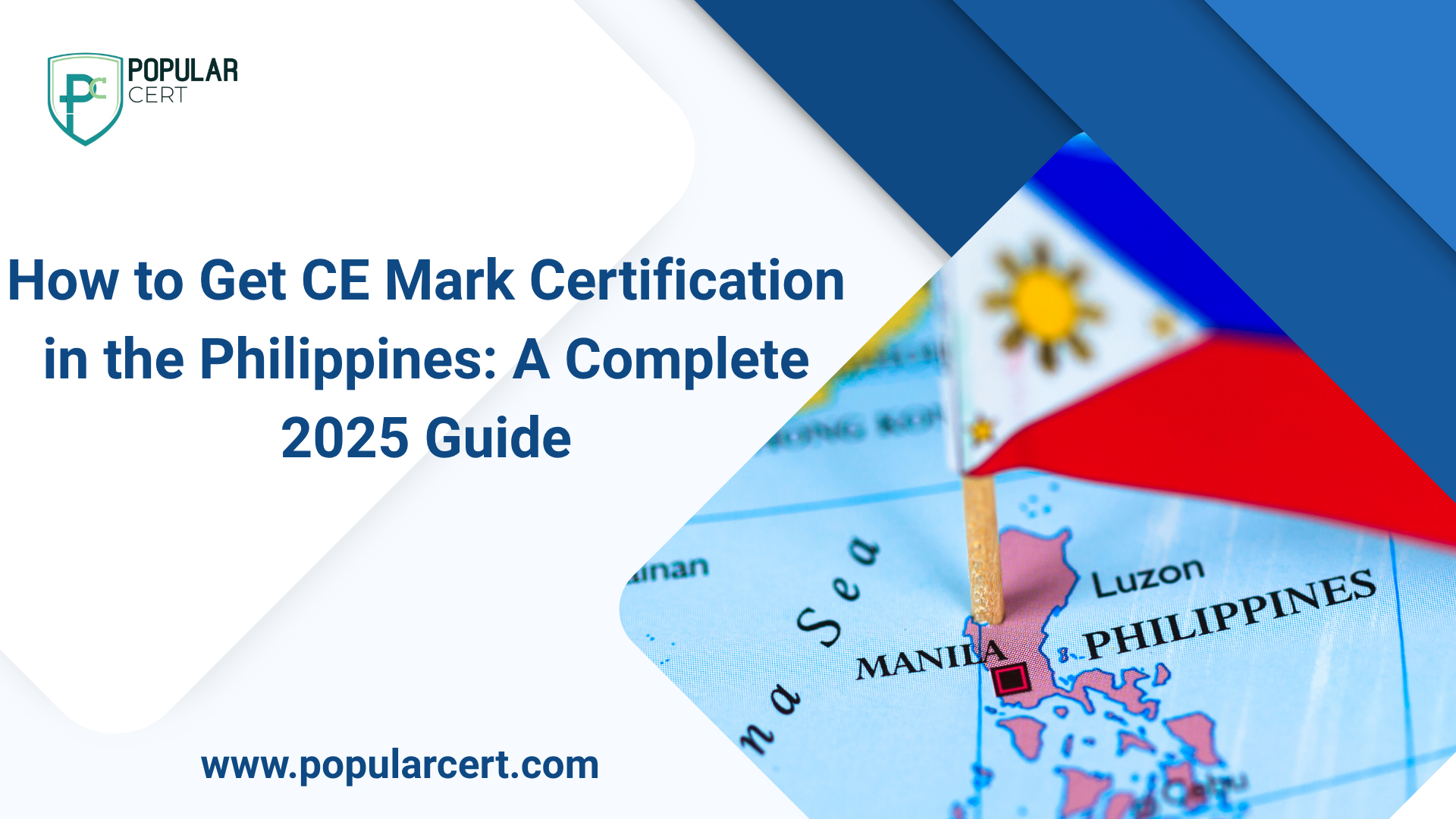
Are you a manufacturer or exporter from the Philippines trying to break into the European Union? Then you need to know that CE Mark Certification in Philippines is no longer optional-it’s a legal must. This straightforward guide explains everything you should grasp in order to secure the mark here at home: the step-by-step procedure, typical costs and timelines, traps to avoid, and how
Popularcert can keep your journey hassle-free and on the right side of the law.
What is CE Mark Certification and Why is it Important?
The CE mark-Conformite Europeenne in French-means your product meets EUs basic safety, health, and environmental rules.
Why it Matters:
- Required before any item can be sold in the European Economic Area, or EEA
- Earns buyers confidence and opens wide doors to EU shelves
- Confirms you have followed the relevant Directives and Regulations
- Signals that the item is safe, high-quality, and performs as promised
- For Filipinos making or exporting goods, holding that CE stamp is the key to legally reaching European markets.
Who Needs CE Certification in the Philippines?
Many goods sold in Europe must show a CE mark, even if not every item needs it. The most frequent industry groups are:
- Electrical and Electronic Equipment-such as kitchen gadgets or mobile phones.
- Machinery and Mechanical Equipment.
- Medical Devices.
- Toys.
- Construction Materials.
- Personal Protective Equipment (PPE)
Filipino exporters eyeing the EU market should ask:
- Do you supply OEM parts to EU partners?.
- Are you active on Amazon Europe or similar channels?.
- Will you expand into B2B or retail outlets across Europe?.
- If the answer is yes to any of these, mastering CE rules is non-negotiable.
Step-by-Step Process to Get CE Certification in the Philippines
The marking journey looks daunting, yet clear help lets firms move smoothly. Here’s a quick outline:
- Identify Applicable EU Directives and Standards
- Each category sits under its own EU directive and harmonised standard. So you must:
- Pinpoint the laws that matter to your product-say, Machinery Directive 2006/42/EC or EMC Directive 2014/30/EU
- Find the EN standards that fit
- Teams like popularcert guide Philippine firms to each relevant rule set.
2. Conduct a Conformity Assessment
- Once the right directives are clear, you assess compliance:
- Some items let you self-declare safety.
- Others block you unless a Notified Body (NB) audits the design and tests it.
- Success at this stage leads to technical documentation and, finally, the CE mark.
- Popularcert links Philippine makers with trusted Notified Bodies across Europe.
3. Compile Technical Documentation
- Pull together a technical file that covers:
- Clear product description and intended use
- Plain risk assessment
- Design drawings
- List of applied standards
- Test reports and declarations
- Popularcert offers easy templates and expert help to make sure nothing is missed.
4. Affix the CE Mark
- When all checks are clear:
- Put the CE logo where it can be seen on the product, packaging, or papers
- Follow EU rules on size and position.
5. Issue a Declaration of Conformity (DoC)
- Draft a simple declaration saying your product meets the relevant requirements.
- Sign it, or have an authorized representative do so.
- Include product name, directives references, and standards list.
- Popularcert supplies tried-and-tested templates to cut mistakes and stay legal.
Types Of Certification
- ISO Certification
- ISO 9001 Certification
- ISO 14001 Certification
- ISO 45001 Certification
- ISO 22000 Certification
- ISO 27001 Certification
- ISO 17025 Certification
- ISO 13485 Certification
- ISO 20000-1 Certification
- ISO 22301 Certification
- ISO 50001 Certification
- ISO 37001 Certification
- IATF 16949 Certification
- ISO 29001 Certification
- ISO 31000 Certification
- ISO 20121 Certification
- ISO 10002 Certification
- ISO 41001 Certification
Get Free Consultation
Our Clients



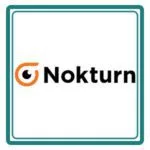







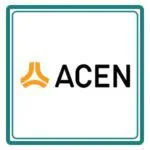
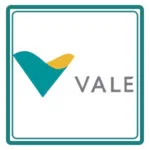





How Long Does CE Marking Take in the Philippines?
Timing for CE certification can differ:
Product Type | Typical Duration |
Simple electronic devices | 2-4 weeks |
Machinery and equipment | 6-8 weeks |
Medical devices (class I) | 6-12 weeks |
Factors that affect how long CE work takes:
- How complicated the product is
- What kind of tests it must pass
- Whether a Notified Body must sign off
- How fast documents can be put together
Popularcerts Philippine team knows shortcuts that keep delays to a minimum.
CE Mark Certification Cost in the Philippines
CE costs depend on the following points:
- Which directives apply and how many there are
- Whether tests or third-party checks are needed
- Fees charged by consultants and labs
Popularcert tailors quotes to each Philippine firm based on product type and compliance goals.
Common Mistakes to Avoid When Applying for CE Certification
Problems that push expenses higher:
- Relying on out-of-date or wrong standards
- Thinking every item can bear a self-declared mark
- Failing to keep complete technical files
- Not storing proof for the required ten years
- Misplacing or wrongly sizing the CE label
Popularcert consultants guide you around these traps so the process stays on track.
Why Work with CE Certification Consultants in the Philippines?
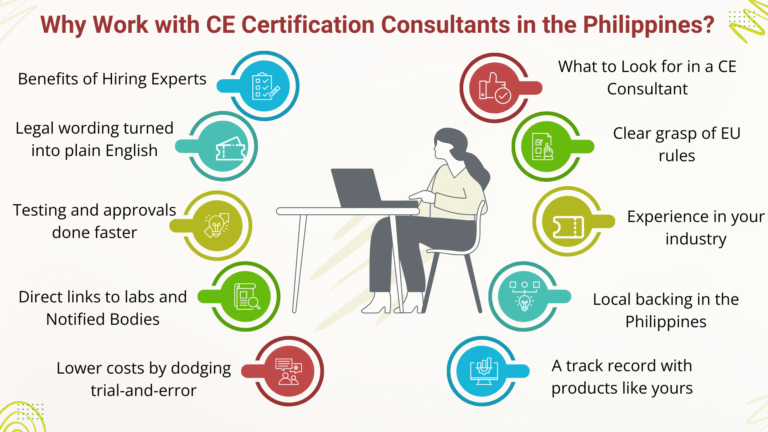
How Popularcert Helps You Get CE Certified
Popularcert is a worldwide certification partner that helps firms in the Philippines and other countries gain entry to the EU market. Here’s how we lend a hand:
- Free product check to confirm eligibility
- Identification of relevant directives and standards
- Ready-made templates and document reviews
- Coordination of testing with EU-accredited labs
- Liaison with Notified Bodies when needed
- Preparation of the DoC and guidance on the CE mark
- Support after certification for updates and renewals
With Popularcert, you receive a complete service-local experts, global reach.
Conclusion
Securing CE Mark approval in the Philippines has shifted from a nice-to-have perk to a must-have ticket for any firm that wants to be successful in Europe. Whether you make electronics, medical gear or everyday consumer items, that emblem shows your product passes the EU’s safety and quality tests.
The journey looks daunting: you have to sort the right directives, build the technical files and liaise with Notified Bodies. Yet you don’t have to go through it by yourself; with Popularcert at your side, local manufacturers, exporters and startups can earn the mark more quickly, affordably and fully compliant.
Get Started with CE Marking in the Philippines Today
Your journey starts with CE marking, the gateways mark that proves safety and quality. Rather than wrestle with twisting rules on your own, let Popularcert guide you through every step.
- Call us now for a free chat
- Ask for our handy CE paperwork checklist
- Quick service that won’t break the budget or bend the rules
Make Popularcert your reliable partner for CE Certification right here in the Philippines.
📞 Request a no-obligation quote or browse Popularcert CE Marking Services for details.
GET A FREE CONSULTATION NOW
FAQ
Is CE marking mandatory for all exports to Europe?
Yes, if your product is listed under a CE-regulated category.
Can Philippine start-ups or small businesses apply for CE?
Absolutely. Popularcert partners with companies of any size.
What happens if I sell a non-CE certified product in the EU?
Customs may reject the goods and you could face legal fines.
Do I need to test every batch?
Not every batch. CE cover-the design and safety of a product class, yet steady quality must be maintained.
Can I get CE certified without leaving the Philippines?
Yes. With Popularcert, document work and testing coordination are handled online and on your schedule.
Why choose PopularCert?
Risk losing customers, contracts, and operational efficiency to certified competitors.
